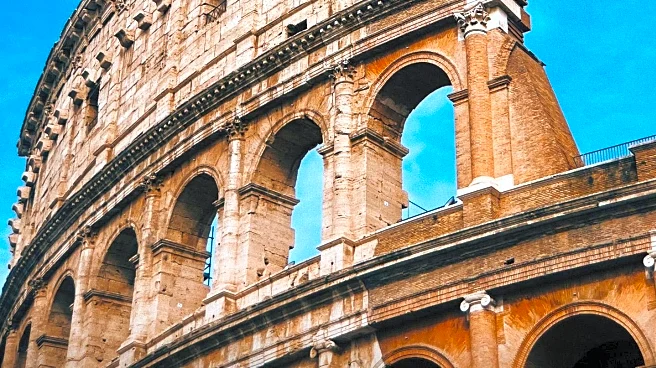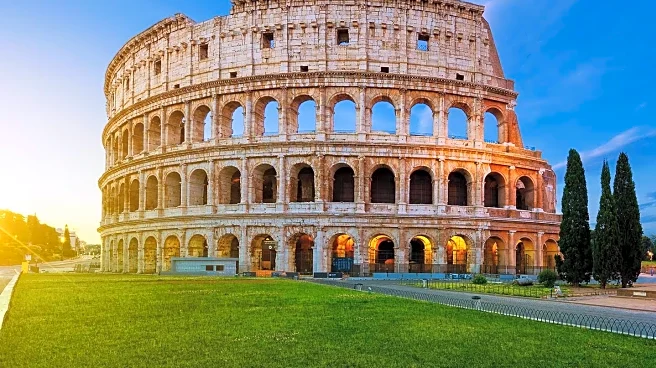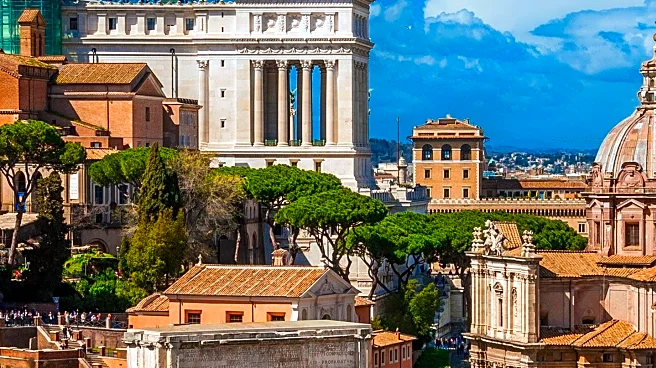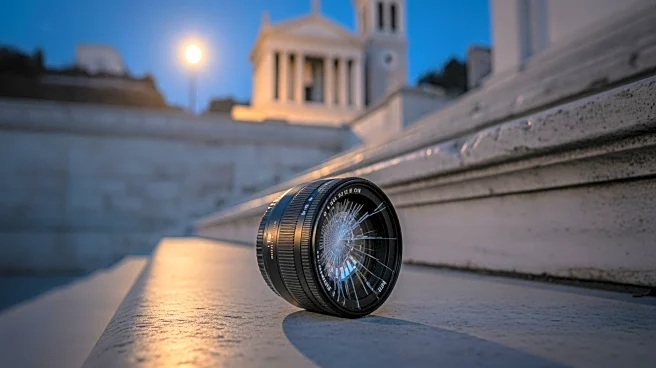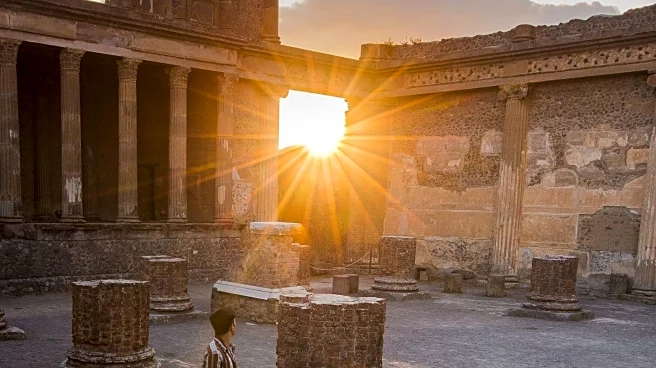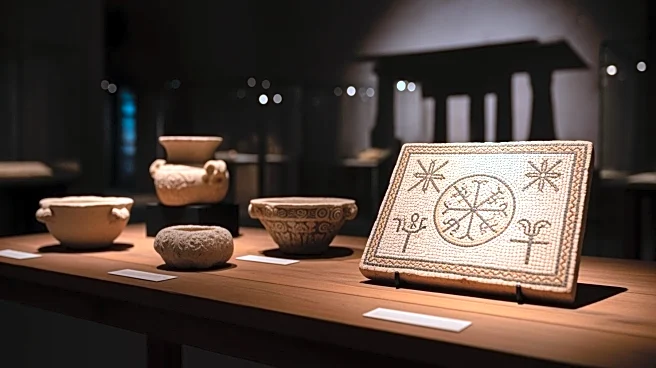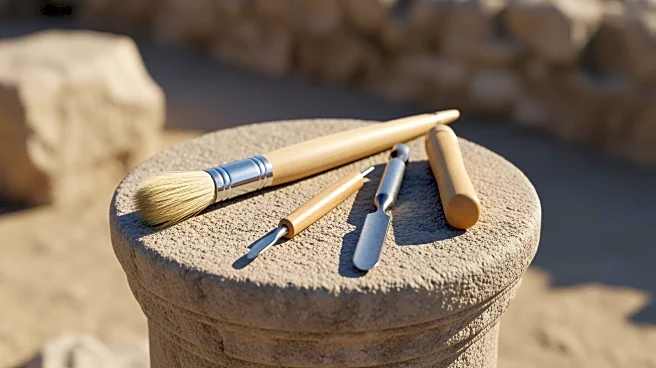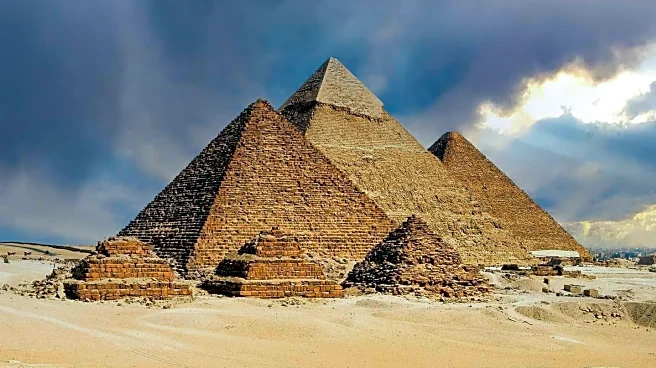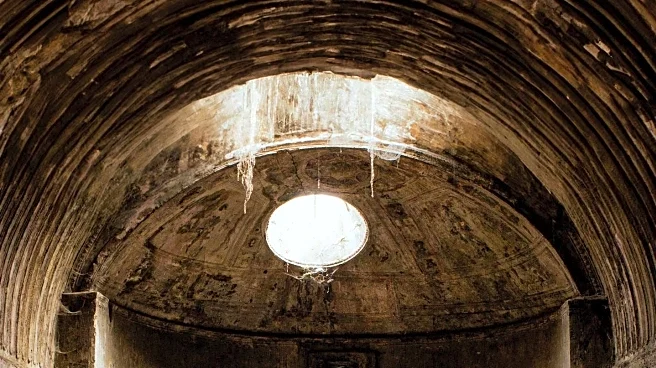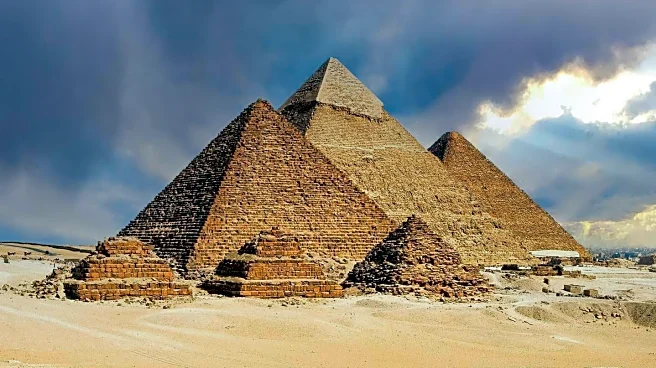What's Happening?
Simone Quilici, the new director of Rome's Colosseum, has clarified that the ancient amphitheater will not host electronic dance music parties. Quilici aims to bring concerts to the Colosseum but stresses
that these events must respect the site's cultural and religious significance. He envisions acoustic or jazz performances, poetry readings, and historical reenactments, rather than large-scale raves. Quilici's plans include expanding the existing platform for performances and hosting events that align with the Colosseum's identity as a sacred space integral to Roman culture. The Colosseum, a major tourist attraction, had nearly 9 million visitors last year, and Quilici hopes to enrich the site with cultural activities.
Why It's Important?
The clarification from Quilici is significant as it addresses concerns from archaeologists and Romans about preserving the cultural heritage of the Colosseum. By focusing on subdued music and cultural events, Quilici aims to balance tourism with cultural enrichment. This approach could enhance the visitor experience, making the Colosseum not just a historical site but a venue for artistic events. The emphasis on cultural respect may also influence how other historical sites manage tourism and events, potentially setting a precedent for integrating cultural activities into popular tourist destinations.
What's Next?
Quilici plans to implement concerts and performances at the Colosseum within the next two years. He also aims to encourage tourists to explore other nearby historical sites, such as the Roman Forum and Palatine Hill, to alleviate crowding at the Colosseum. By creating new access points and connections between these sites, Quilici hopes to manage visitor flow better and promote a broader exploration of Rome's archaeological heritage. This initiative requires cooperation from various administrations and may involve traffic management to restore vitality to Rome's historical center.
Beyond the Headlines
Quilici's approach highlights the ethical responsibility of preserving cultural heritage while accommodating tourism. His plans could lead to long-term shifts in how historical sites balance commercial tourism with cultural preservation. By promoting less-visited sites, Quilici aims to distribute tourist traffic more evenly, potentially reducing the environmental impact on the Colosseum and enhancing the overall visitor experience in Rome.
